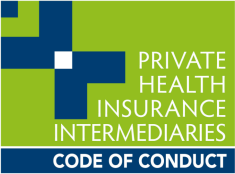Can I stay on my ex-partner’s health insurance plan?
This is one of the most frequently asked questions when considering health cover options after a separation or divorce. The answer depends on the specific health fund you’re with.
For example, nib allows separated or divorced partners to remain on the same health insurance policy if both parties agree. According to nib, “When two partners separate or divorce, they can still stay on the same health insurance policy. Sometimes this may be more cost-effective, especially if they have accumulated LHC loadings.” Additionally, nib makes it convenient by allowing claims to be paid into separate bank accounts.
However, not all health funds operate this way. For instance, AHM requires separated or divorced partners to take out separate policies. AHM’s policy states, “If the policyholder and their partner become divorced or separated, we require that the partner be removed from the policy and take out a separate policy under our fund rules, and to prevent privacy breaches.”
If your health fund allows you to stay on the same policy as your ex-partner and you’re on good terms, it could be financially advantageous. A family policy is often cheaper than the combined cost of separate single and single-parent policies.
At Compare Your Health, we’re here to help you navigate these situations and find the best options for your unique circumstances. Use our platform to compare policies and discover the right health insurance solution for your family.



